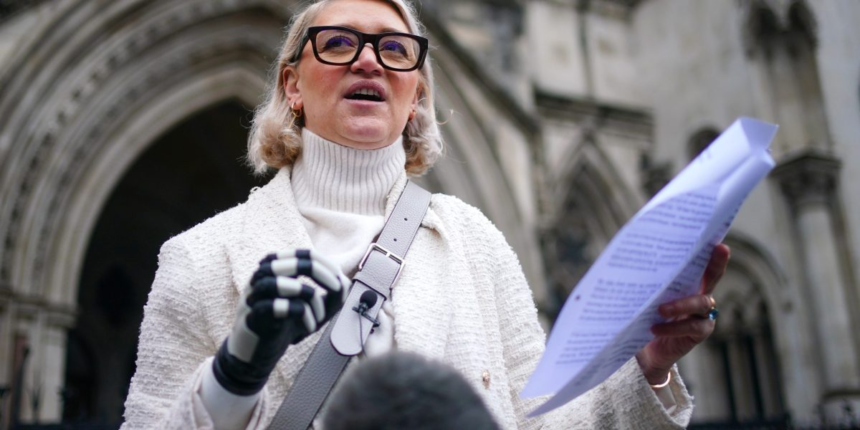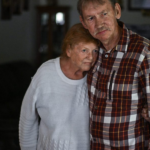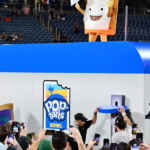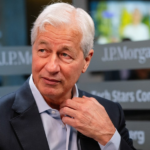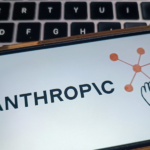“That feeling of being on top of the world—quite literally—was a very fleeting moment. I thought I was invisible at that point.” These were the words of Sarah de Lagarde, the global head of communications at Janus Henderson Investors, as she reflected on her 2022 ascent of Mount Kilimanjaro with her husband.
Just one month later, her life would change irrevocably.
Alone and slipping in and out of consciousness, she remained on the tracks. Moments later, a second train ran her over again—this time crushing her right leg. “By some miracle, I was still conscious,” she said.
Eventually, someone heard her and raised the alarm, and 45 minutes later, emergency services arrived and transferred her to the trauma center at the Royal London Hospital. “I should have died 10 times that night,” she said.
What could’ve ended in silence became a turning point, not just in De Lagarde’s own life but in how the U.K. global investment firm began to think differently about healthcare, artificial intelligence, and the business of empathy. De Lagarde didn’t just return to her old role. She came back with a mission.
“I should have died 10 times that night.”
During her recovery—regularly visited by loved ones, colleagues and even members of the Janus Henderson C-Suite—De Lagarde found herself pitching a bold new role to the company’s executive leadership team from her hospital bed. She decided she wasn’t just going to survive, she was going to set out to redefine what it means to thrive by becoming the living bridge between data-driven healthcare innovation and the human reality of its impact.
“I told them, I don’t want a Barbie arm—I want a kick-ass robot arm,” she said. “We’ve got great investment teams focusing on the healthcare sector, advancing the healthcare sector with the use of innovative technology, including AI. I am the real-life example of how that combination works, and I would love to bring that to life for people.”
The conversation around AI in healthcare can often seem abstract, but for De Lagarde, the marriage of AI and medicine isn’t hypothetical; it’s personal. Advancements in health-tech directly affect outcomes like hers. The combination of AI, better data, and human-centered design could bring about real-world impacts such as improved walking, working, or the hope of climbing a mountain again.
“I became that guinea pig and I enjoyed being that guinea pig,” she said. “If Sarah can use it, everybody else can use it.”
“I became that guinea pig and I enjoyed being that guinea pig. If Sarah can use it, everybody else can use it.”
De Lagarde wants her experience to be an example of the possibilities of the technological improvements in healthcare, specifically the promise of AI-powered advancements. With two new AI-powered bionic limbs, De Lagarde returned to work in just four months as the brighter future strategist at Janus Henderson Investors and made it back up Kilimanjaro two years later. “I’m so grateful that I was able to suffer at minus 20 degrees Celsius, 50% of oxygen, but also because I was able to show it to my daughters.”


